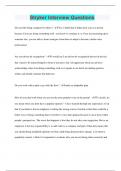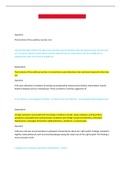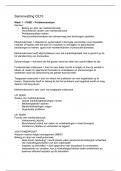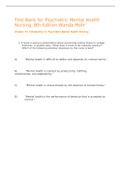Samenvatting
Samenvatting voor deel 1- Microeconomics 2: Welfare economics (30L106-B-6)
Dit is een samenvatting van de lecture slides van het vak Microeconomics 2: welfare economics gegeven op Tilburg University. Dit document bevat alles wat je moet weten van deel 1, namelijk het deel dat voor de midterm wordt gegeven. Het deel na de midterm kan ook bij mijn account gevonden worden. O...
[Meer zien]













